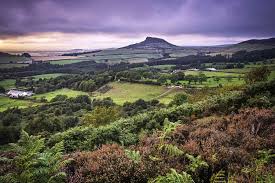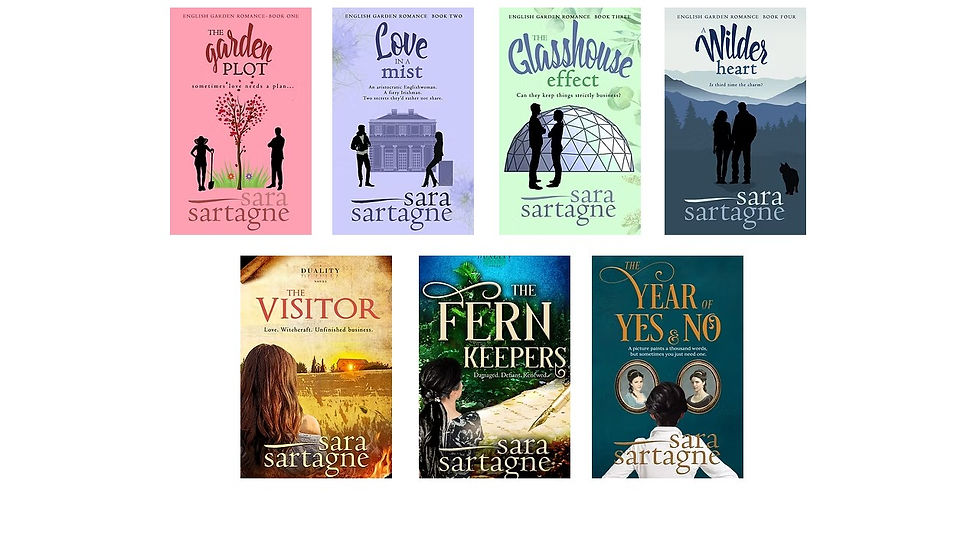History & Fiction
- allie8276
- Aug 19
- 4 min read
Writing historical fiction is a bit like time travel. Both the writer and the reader must be willing to enter the machine, the reader as a passenger and the writer as the navigator. What the reader finds, once the pistons have stilled or the gyroscope has come to a complete stop, or the portals have ceased vibrating (take your pick) must be an accurate representation of what life - architecture, manners, culture, society - were like at that point in time.

My latest book, The Standing Stone on the Moor, is set in Yorkshire, 1845. To a large extent both the place and the time were predetermined by the fact that this book forms part of a series which traces the history of a house and the family who owns it.
I wrote the last book in the series (Tall Chimneys) first. It covers a century from 1910 to 2010. I intended the book as a standalone but the house so intrigued me, situated in a creepy hollow in the moor, that I felt I had to find out more about it.
The House in the Hollow followed, set in the period of the Napoleonic War, and The Lady in the Veil continued the story, set in 1835. So, I had a time gap to fill in, to link The Lady in the Veil with Tall Chimneys, and The Standing Stone on the Moor was my attempt at that—although I have failed!

1845 proved to be an interesting era to research. The industrial revolution was underway, and I had to reflect that in the movement of people away from the countryside and villages into towns, where work in mills and factories could offer better remuneration—although far worse living conditions in many cases. My imaginary village, Moorside, would likely have suffered from a lack of labour, while not being wealthy or forward-thinking enough to have adopted the new mechanised advances in farming. Although parliament was active in passing laws to protect the workforce—especially children—work in the nascent industries was cruelly hard, conditions appalling, health and safety almost non-existent. I reflected this fact by including a mine and a mining engineer in my story, and a crisis that occurs when a mechanical pump is inadequate to clear the lower shafts of water.
The period also saw a large influx of Irish refugees from the potato famine. Although thousands made the voyage to America, many did come to Britain in search of work, and found it in those same mills and factories, also mines and in ‘navigating’ (digging) the canals—the advent of the Irish navvy.
I was interested in exploring the idea of displacement through the experience of the Irish refugees for a couple of reasons. Firstly, because it has pertinent parallels for us today, when so many are displaced by war, famine and persecution. I am sorry to say that the Irish in my book meet with the same suspicion and bigotry meted out upon asylum-seekers today. Secondly, because I know by now that my fictional house exerts a strange and compelling power over the women who live in it. It is ‘home’—and what an emotionally loaded concept that is; a place of shelter and refuge. But it is also a kind of prison; once there, people find it almost impossible to leave. The house wields an almost coercive control.
Beth thought about Tall Chimneys as it lay below them in the quiet hollow; its stately chimneys, its patient pride, its watchful waiting silence. ‘I think, if I had to leave here, I might die,’ she said, very low, ‘but sometimes I think I will die if I don’t.’
In a world and at a time of such exponential change, it seems likely to me that many people experienced a sense of dislocation; of not knowing quite who they were or where they belonged. The world was smaller, travel so much easier, with the railway reaching into every corner of the country and steam ships crossing the Atlantic. Education provided social mobility even for girls; their employment potential was much greater. Money could be made in huge amounts even by people of modest beginnings; wealth and power were no longer the sole preserve of the nobility. All these aspects of life in 1845 Britain are reflected in my story. Stephen, a young engineer with only his education, wits and ambition to sustain him, aspires to travel. Mr Somersall, an uneducated, unscrupulous bully, progresses from a position as a mine foreman to become the owner of a vast business empire, dragging his hapless wife in his wake.

Then there is Beth, educated above her station but forced to remain at Tall Chimneys to keep house for her brother and steward the old house, although the family never visits.
All these characters experience a sense of not quite fitting in. They don’t belong in their sphere.
And yet, amid all this change and upheaval, some things remain untouched. The moor, upon which the story is set, is the same; vast, beautiful, exposed. The ancient standing stone, site in days of yore of gathering and ceremony and—legend has it—of execution, looks on as the lives and loves of the characters play out.
The Standing Stone on the Moor can be read as a standalone book. You can buy it direct from me as an eBook, from Booksby, or from your usual online store. Visit The Shop to find the links.








Comments